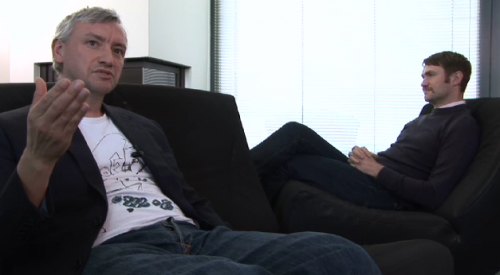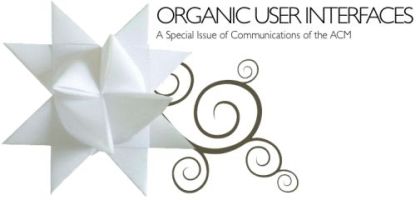Frog design explores “motion” in a new issue of design mind magazine. Executive Creative Director Tjeerd Hoek explains why designing the space between moments is key to creating an engaging      user interface.
ÂÂ
This in an interesting presentation and peek inside google and how they approach User Experience.
Also explains a short history on how the interface was developed and conceived. link
Switch! was the Interactive Institute sponsored project that last year’s IxD1 class contributed to as part of the ethnography course that happens each spring at UID.
I found Ramia Mazé’s paper on the full Switch! project in the International Journal of Design with the final design interventions developed at the Interactive Institute.
Switch! Energy Ecologies in Everyday Life – PDF, HTML
IxD2: Maybe you’ll see (or imagine, at least) traces of our small contribution to the final results. Maybe!
There’s a short interview with trend forecasters The Future Laboratory on Gestalten.tv where they share a bit of wisdom.
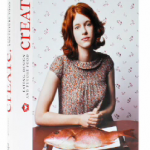
crEATe, Eating, Design and Future Food, is a book they edited recently.
Nicholas Zambetti, a colleague here at IDEO just created a super nice and extremely simple iPhone app to help us, interaction designers, create graphics for the iPhone and test them on the pixel level real time.
Check it out! By the way, it’s free for the next days.
More information here.
I knew it!!!…I bet Sony Ericsson had an touch screen projector phone
waaay before anyone else in the market.
Now I know how all those Sony Ericsson protoypes end up on Ebay =).
Details are still a bit fuzzy on this one, but reports out of Sweden say that a 35-year-old map swiped a batch of prototype phones from Sony Ericsson’s Lund offices on Monday or Tuesday and was then promptly arrested on Wedneday after police discovered the prototypes, along with a hundred other phones, at his home. According to Sony Ericsson, the man was not an employee but had a “working relationship” with the company, and apparently used a pass card to gain entry to the building. Police also found a laptop with some unspecified contents at the man’s home, and say that the total value of the theft was about 750,000 kronor, or roughly $90,000
Here the link to the story.
Open video project has a nice collection of videos from the past ACM CSCW, UIST, CHI and UBICOMP conferences. And a lot more interesting stuff. Remember kids: these videos are fair use, so you can rip them apart and have fun with previous interaction design oddities.
(scroll down for collections to get to the juicy bits)
Also, if you are ever in need of some stock footage. The Internet Archive is the place to go. Especially if you are into 50’s and 60’s educational films. Check out Prelinger Archives. All are public domain so you can use the material in your own videos freely.
Greg Lynn talks about the mathematical roots of architecture — and how calculus and digital tools allow modern designers to move beyond the traditional building forms.
More TED talks are regularly published online. Here are some of the latest:
John Maeda: My journey in design, from tofu to RISD
Nicholas Negroponte: Bringing One Laptop per Child to Colombia
(by the way, an OLPC is on its way to UID for the Interaction Workshop)
Dan Gilbert: Exploring the frontiers of happiness
Benjamin Wallace: Does happiness have a price tag?
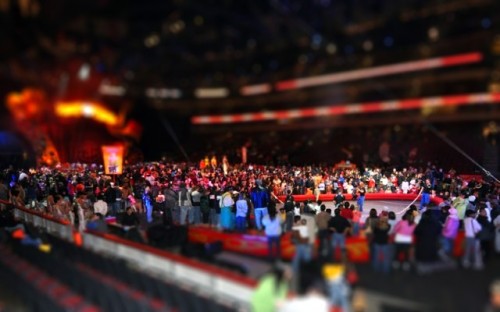
What to make “miniature-like” photos? I do. You can do it yourself in Photoshop but if you are lazy like me there is a faster way. Just go to tilt-shiftmaker.
Somebody was looking for this. Now they are back with some excellent content.
CCC is like the badly behaving little sister of TED.
Some speeches are really, really interesting, some not.
Finding the videos is terribly hard, so here are some links to go look at.
First look at the info pages and then find the video matching to it. On the 24C3 information page there are also torrent links, which are great quality. Some of the speeches are in German, most in English though.
No info
Camille bought all sorts of boxes and storage units so that we can try to get some sort of order inside the interaction workshop. Most notably, we so far have 6 “Personal project box[es]” so that we can just put all of our wires, Arduinos, Xbees and what not all in a unique and (kinda) safe place.
I guess that if people like that the School will gladly pay for extra ones. Tack Camille!
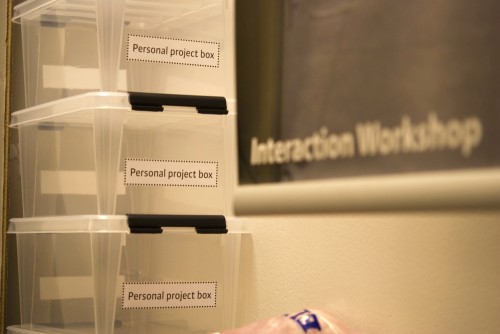
For those of you still interested in that old, static and tree-eating medium called paperâ€â€or great design principlesâ€â€here’s a pretty sweet little introductory book by Massimo Vignelli, the italo-american master of graphic design. Topics discussed are typography and book design, amongst others.
http://www.vignelli.com/canon.pdf
Found via Design Observer.
Make: is the DIY series for a new generation! It celebrates “Makers” – the inventors, artists, geeks and just plain everyday folks who mix new and old technology to create new-fangled marvels. The series encourages everyone to invent, revent, recycle, upcycle, and act up. Based on the popular Make magazine, each half-hour episode inspires millions to think, create, and, well, make.
http://makezine.tv, Episode guide
Airing on American Public Television, available also on YouTube, blip.tv, Vimeo and via iTunes

